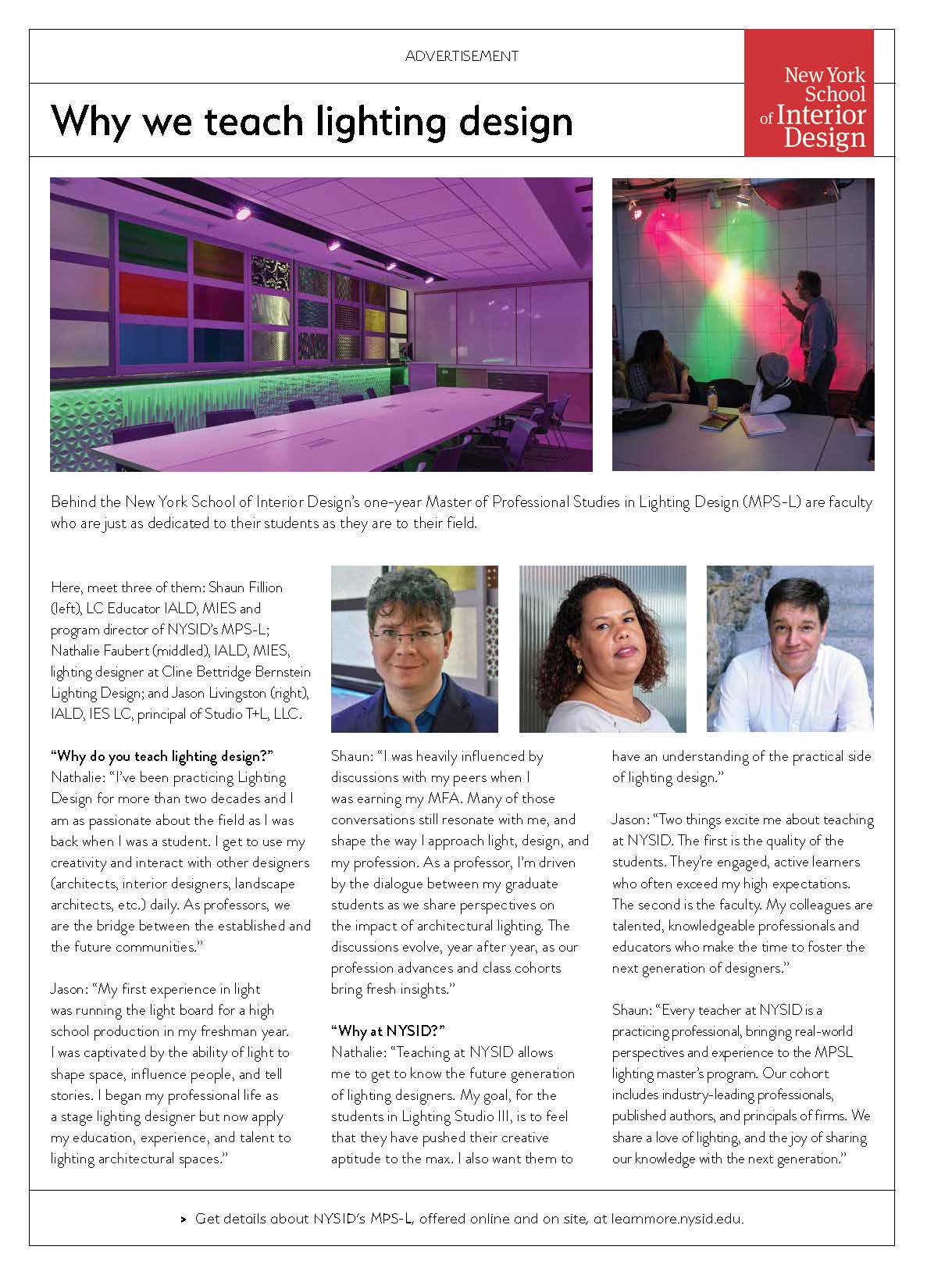
I’m pleased and proud to announce that my new book, Fundamentals of Energy Efficient Lighting and Controls, is available for pre-order beginning today (March 13) and will begin shipping on April 3rd.
The book grew out of conversations with the Association of Energy Engineers and their need for better study material for their Certified Lighting Efficiency Professional (CLEP) exam. This lead to an interesting observation: there are several good books aimed at educating future lighting designers (including my own Designing with Light) and several good books aimed at educating energy efficiency professionals, but none that address energy efficiency in lighting with an eye toward maintaining quality lighting design. That is the goal of this book.
It is a comprehensive guide to quality, energy efficient lighting design and controls for commercial and institutional spaces. The text cover topics such as light sources and light fixtures, brightness and energy use calculations, financial analysis, light fixture maintenance, and auditing existing lighting systems.
As we all know, the introduction of LEDs and the phase out of traditional light sources, along with increasingly stringent energy codes, is leading to highly efficient lighting designs. This book places quality lighting design and consideration for the comfort of the occupants on an equal footing with energy efficiency to emphasize a holistic approach. With over a hundred high quality images and illustrations, Fundamentals:
- Provides an overview of lighting design considerations and the design process.
- Thoroughly covers light sources and lighting fixtures with an emphasis on LEDs.
- Explains the requirements found in most energy conservation codes and voluntary programs including lighting controls, daylighting, and limits on lighting system power consumption.
- Discusses non-design issues such as maintenance, energy audits, and the financial analysis of retrofit vs replacement options in existing buildings.
Fundamentals of Energy Efficient Lighting and Controls is available from Amazon, Barnes & Noble, Routledge, and other online retailers.

